In the realm of robotics, where machines often evoke images of efficiency and precision, Diego-San stands out as an adorable anomaly. This life-sized humanoid robot, modeled after a 1-year-old, isn’t designed for industrial tasks or futuristic feats. Instead, Diego-San serves as a valuable research tool, helping scientists unlock the mysteries of human cognitive development and social interaction.
Born in 2013 from a collaboration between Hanson Robotics and Kokoro, Diego-San is a marvel of biomimetic engineering. His head, crafted by Hanson Robotics, boasts an incredibly expressive face powered by 27 servo motors. Every wrinkle, eyebrow lift, and pout mirrors human emotions, facilitating natural communication with his human counterparts. Meanwhile, his body, built by Kokoro, features 44 pneumatic joints, allowing him to crawl, reach, and maneuver with a childlike clumsiness that’s strangely endearing.
But Diego-San’s true strength lies not in his hardware, but in his software. Equipped with high-definition cameras in his eyes and advanced AI algorithms, he’s designed to learn and evolve like a human baby. Through interactions with researchers and carefully designed experiments, Diego-San observes, absorbs information, and refines his understanding of the world. He learns to recognize objects, respond to stimuli, and even form rudimentary emotional attachments.
The insights gleaned from Diego-San’s “learning journey” are invaluable. By studying his cognitive development, researchers gain a deeper understanding of how infants acquire language, develop object permanence, and navigate social cues. This knowledge not only paves the way for future advancements in AI but also holds immense potential for fields like developmental psychology and autism research.
Furthermore, Diego-San’s ability to engage in natural, expressive communication makes him a powerful tool for studying human-robot interaction. His lifelike appearance and responsive nature foster trust and empathy, potentially paving the way for robots that can assist humans in healthcare, education, and therapy.
While Diego-San’s research may not grab headlines like self-driving cars or humanoid waiters, his contributions to our understanding of human development and his potential to bridge the gap between humans and robots are nothing short of groundbreaking. This adorable toddler robot might just be the key to unlocking the secrets of our own learning and paving the way for a future where humans and machines collaborate seamlessly.
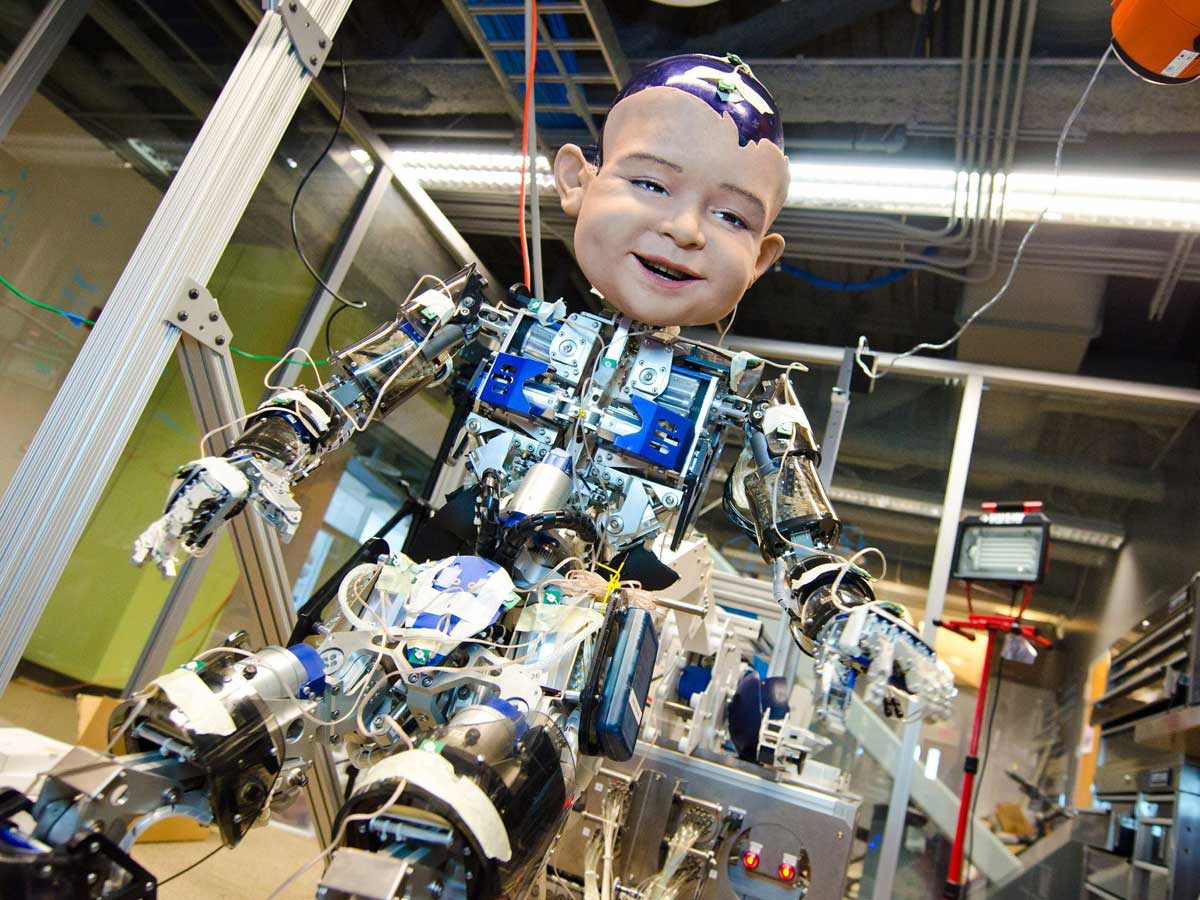
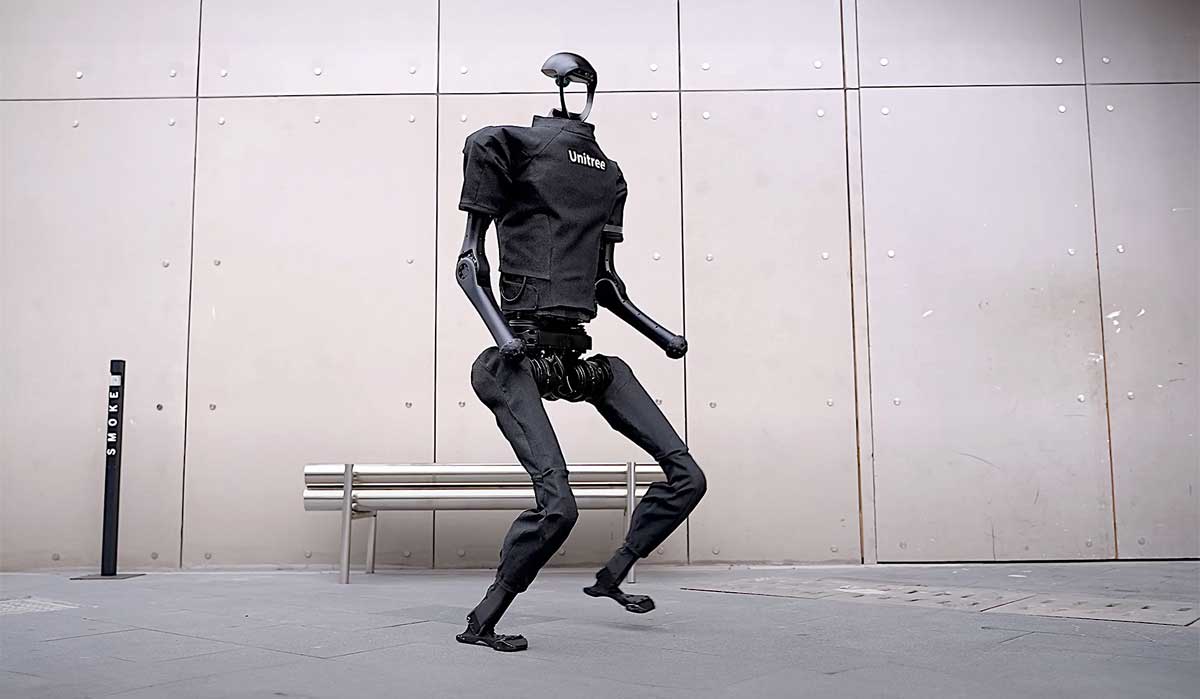
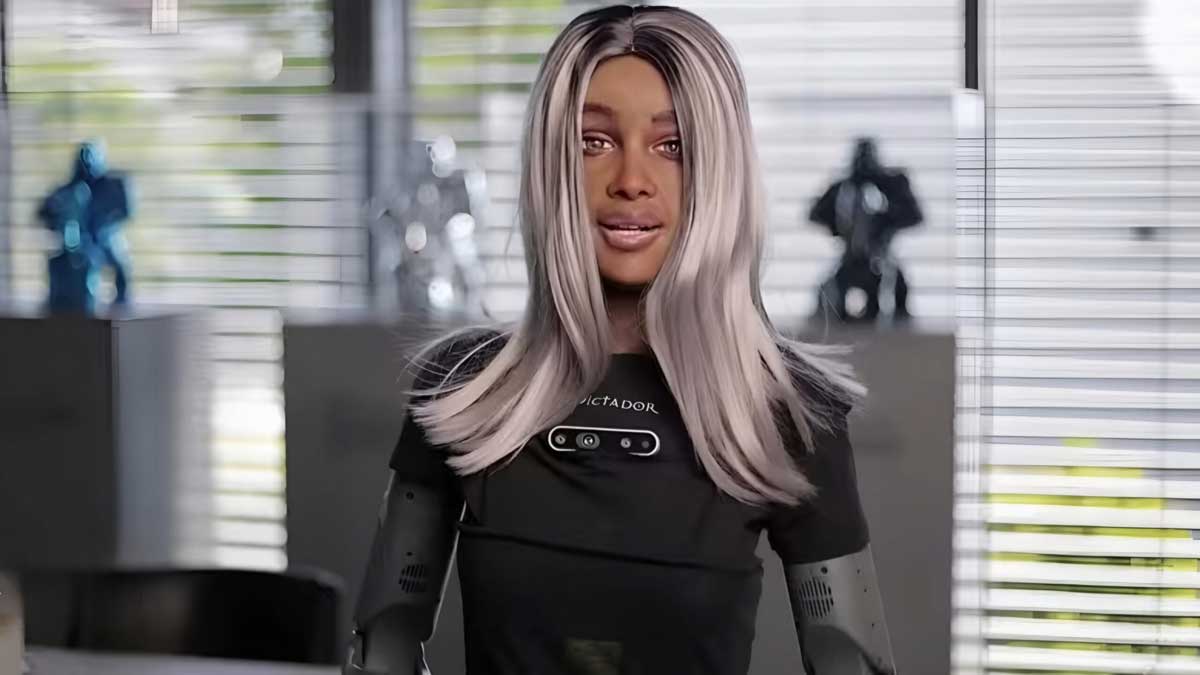
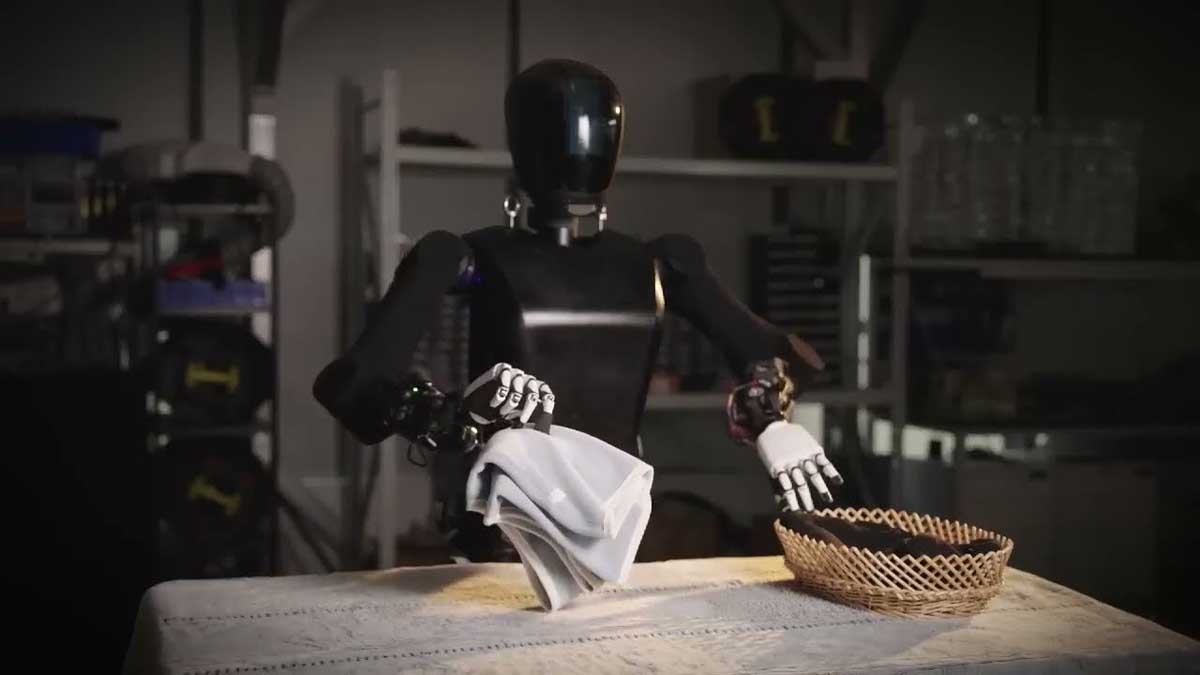
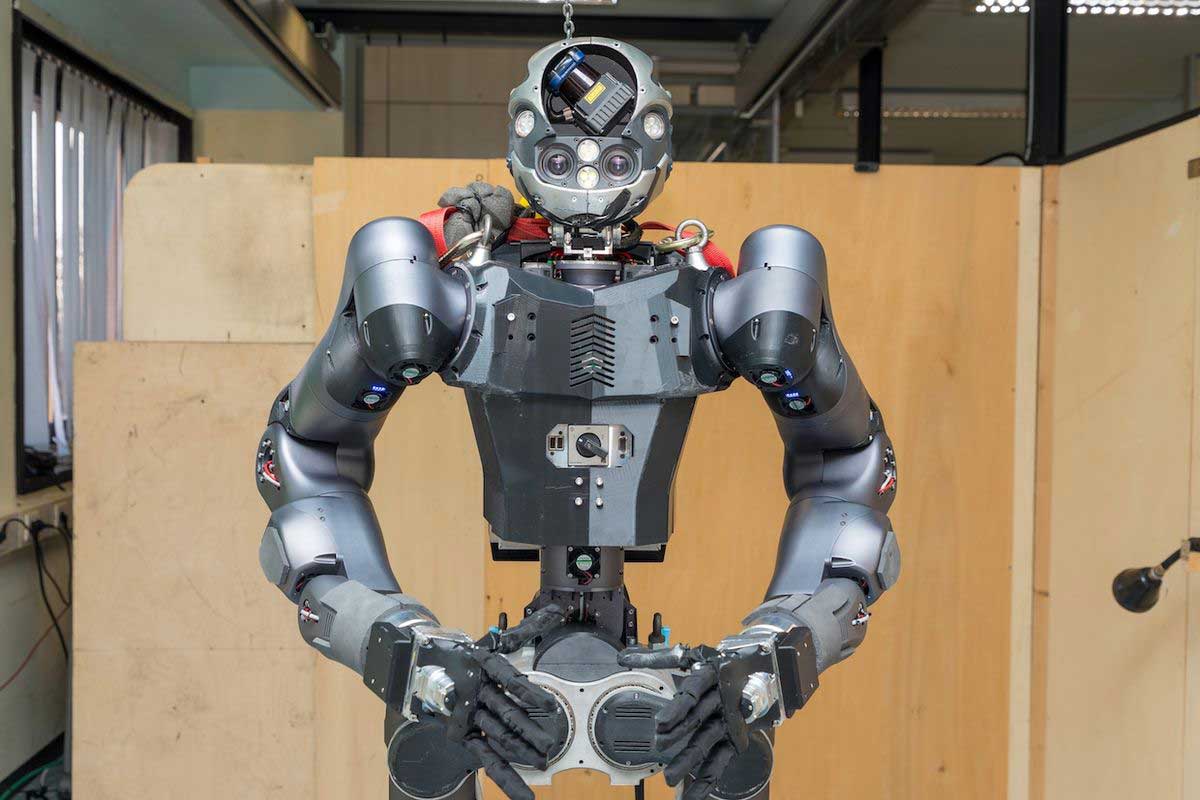
Leave A Comment